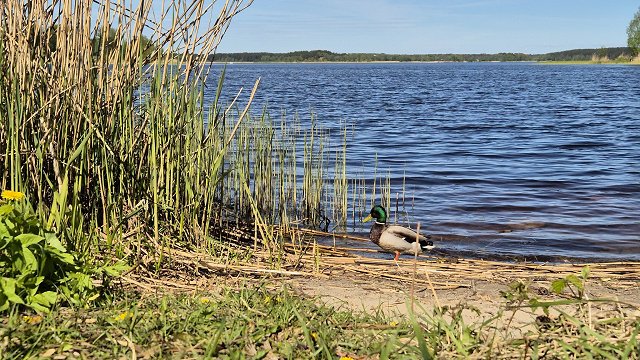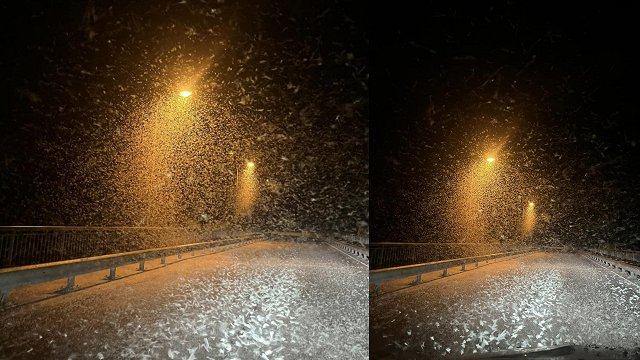In both years, a total of 18,000 little gulls were listed in all project research areas.
Aerial surveys of birds were carried out by experienced ornithologists in sea waters during the post-nesting period in summer.
As the project's expert ornithologist Pēteris Daknis explained, in Latvia the little gull is a relatively rare nester. Its nesting population is assessed as highly endangered, while the wintering population is even critically endangered. The population of this species is not large in Europe either (24-45 thousand pairs according to "BirdLife International" data) with a downward trend.
"Newly obtained data in the sea waters of the exclusive economic zone of the Republic of Latvia gives new knowledge about the importance of our waters for this species during post-nesting and migration periods," said Daknis.
The data suggests the little gulls make extensive use of the Latvian coast as feeding and resting places.
The biggest threat to the species is water pollution, and bird flu has also affected the colony-nesting species in recent years, but in general, the reason for the decline in the European population is unclear.
In order to protect the species from extinction, specially protected marine areas have been created elsewhere but so far no marine territory has been created in Latvia for this reason. However, the newly obtained data is likey to reinforce the notion that such an area is needed.
Little Gulls ( Hydrocoloeus minutus ) are small gull-like birds with a contrasting black-and-white plumage, with characteristic dark head plumage in summer. They feed on fish and insects. 150-400 pairs of little gulls nest in Latvia, in several lakes and on the River Daugava. After nesting in the second half of summer and during migrations, they are most often observed on the sea coast, when part of the population nesting outside Latvia also crosses Latvian territory. A small number winters in the open sea west of the coast of Latvia, less often in the Gulf of Riga.





























